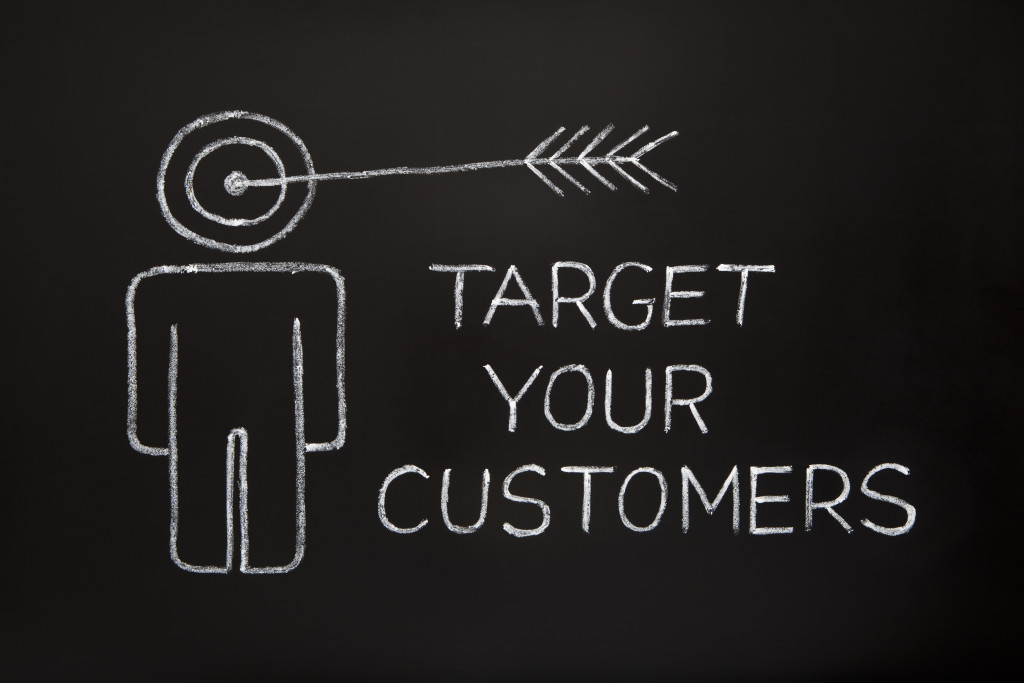- Identify your business’s niche market to cater to the ever-growing demand for goods and services.
- Outline a detailed business plan with steps such as defining the target market, supply chain, pricing strategy, and marketing plan.
- Register and legalize your business to comply with federal and state laws
- Secure financing by reaching out to local banks or investors
- Utilize technology tools to automate processes, manage multiple orders, and track customer data.
Starting a small supplying merchandise is an ideal business opportunity for those who are passionate about retail and wish to create a business with low overhead costs and manageable inventory.
This business model allows individuals to cater to the ever-growing demand for goods and services. However, starting a small supply of merchandise may seem challenging for most people. This blog will provide a step-by-step guide to smoothly sail through the process and kickstart your business.
Identify the Niche
The first step to starting a small supply of merchandise is identifying the niche market. It is essential to understand what products or services are in demand and whether there is an opportunity to profit. You may research the market trends, ask your potential customer demographic or partners to determine the niche for your business.
Outline the Business Plan
Once you have figured out your niche market, the next vital aspect is to make a solid business plan. Here are some essential steps and tips to help you create an effective business plan to take your supply merchandise business to the top.
Identify your target market

No matter how good your products are, they will become worthless if you can’t sell them to the right people. That’s why identifying your target market should be your priority. As a supplier, you should know who would most likely buy your products. You should be able to define their demographics, interests, and behaviors clearly.
Define your supply chain
Your supply chain is how your products will get from your suppliers to your customers. This includes sourcing, storing, and delivering your products. You’ll need to carefully consider and map out the specific steps involved in your supply chain and the costs and timeframes involved at each stage.
Determine your pricing strategy
Your pricing strategy is a critical component of your business plan. Research your industry and competitors to determine the average price range for similar products. You’ll also need to consider the costs of production, shipping, taxes, and other expenses. Based on this information, you can determine your target profit margin and set your prices accordingly.
Develop a marketing plan
Your marketing plan outlines precisely how you plan to promote your products and reach your target market. This may include tactics such as advertising, social media, email marketing, or events. You’ll want to identify the channels that will be most effective for your business and set specific goals for each one. Your marketing plan should also include a budget, a timeline, and a way to measure your success.
Register and Legalize your Business
Registering and legalizing your business is an essential aspect when starting any business. You may consult an attorney to understand the legal requirements and formalities necessary to comply with federal and state laws, protecting your business from unforeseen liabilities.
Depending on your state, you may be required to obtain a business license, register your tax identification number and apply for permits. You may also need to create an LLC or incorporate your business to protect yourself from liabilities and tax implications associated with the company.
Secure your Finances

Finding a reliable financing source is essential to support and keep your business startup afloat. You may contact your local banks and investors or apply for government grants to secure capital for your business.
Also, it’s vital to open a bank account that is specifically designated for your business. For example, if you’re planning to supply farm products, opening an account with a bank trusted by farmers and merchants would be beneficial. This will ensure that they understand your needs regarding banking and other financial services.
Utilize Technology and Automate Your Processes
Technology is a great tool to streamline your supply chain processes. Automating tasks such as order tracking, payment processing, and inventory management can help you stay organized and efficient. With the right technology tools, you can manage multiple orders at once, track customer data for future marketing efforts, and avoid costly mistakes.
Final Thoughts
Starting a small supplying merchandise requires passion, perseverance, and devotion. Building a successful business takes time, effort, and dedication. Your business can become a profitable and sustainable venture with the right market strategy, financial planning, and supplier coordination. Hopefully, this step-by-step guide has given you the necessary information and insights to jumpstart your small supplying merchandise business.

